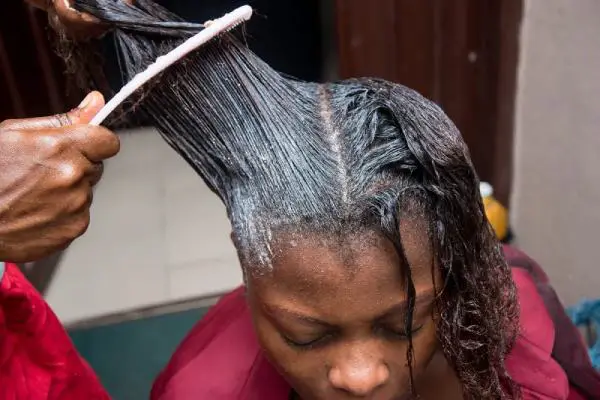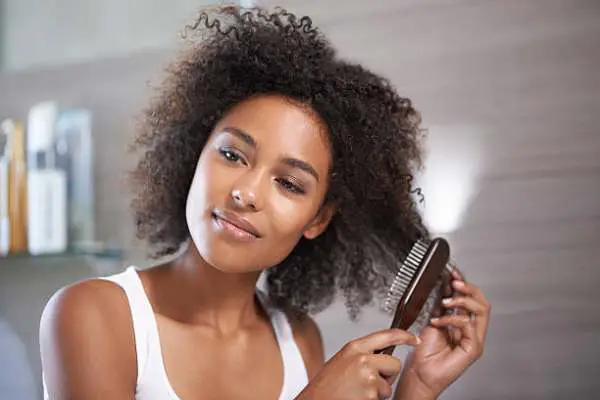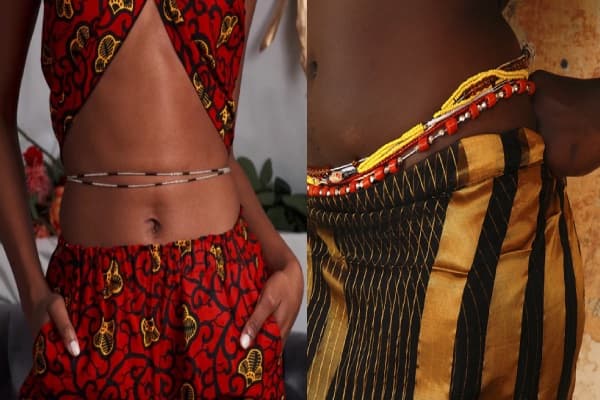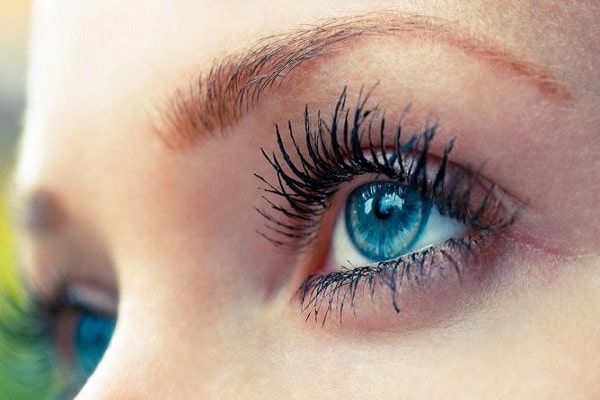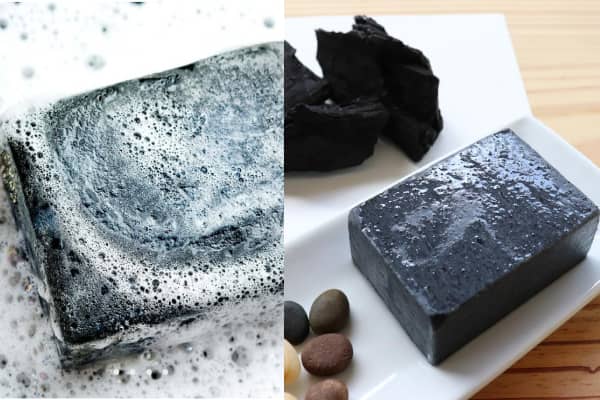Hair Transition: What it is, how to do it and more
Have you decided to abandon chemicals and let your hair grow naturally? This process is called hair transition and has been adopted by people with wavy, curly, frizzy and straight hair. Although it requires patience, the transition is worth it and gives your hair a renewed appearance.
If you have questions about how to transition your hair, what products to use, cuts and hairstyles and much more, be sure to check out the tips we prepared in this article!
What Is Hair Transition?
Hair transition is a process of regaining natural hair. To transition, you need to stop using chemicals that change the normal structure of your hair, such as straightening or relaxing. The process requires patience and a lot of discipline to wait for the hair to grow healthily.

Although the best known is the hair transition from straight to curly or wavy, that is, the return of the natural curvature, it is possible that straight hair that was always curly also goes through the transition process. In both situations, the process is slow and requires special care.
To find out the best treatments for your hair type, look for a professional hair therapist, who will help you with the reduction and control of hair volume and other interventions that restore the chemically treated strands of the active ingredients they need at that moment.
How to Make a Hair Transition?
To make a hair transition to wavy or curly hair, you need to stop using chemicals that straighten your hair, maintaining the natural curvature of the strands. The straight hair transition consists of stopping curling or changing the structure of the hair.
Unfortunately, it is not possible to accelerate the hair transition, as hair growth is genetically determined. If there are any nutritional or hormonal changes that are affecting growth, a professional will prescribe supplements or physical activities to normalize these rates.
One option for those who are thinking about embarking on this process is to invest in cuts for hair transition, removing a significant part of the chemically treated strands. Furthermore, you can also use products that help in this process, avoiding unwanted dryness and volume.
How Long Does Hair Transition Take?
The hair transition time will depend on your hair’s growth rate, as the transition only ends when the last chemically treated ends are cut. This applies to both wavy, curly and frizzy hair, as well as straight hair.
Thus, if a hair grows 0.5 cm per month, for example, this genetic definition cannot be changed. What you can do is improve the health of your scalp through hair treatments. This will increase the quality of the hair that grows, so that it is strong and healthy without chemicals.
What Products Should I Have to Start the Hair Transition?
Taking care of the volume and dryness of the hair is essential in the hair transition. To keep your hair aligned and until you feel comfortable wearing your natural hair, invest in moisturizing and frizz and volume control products. Discover some products that can help you:
- Hydration masks: treat dryness caused by chemicals.
- Styling cream: hydrates and shapes the hair, preventing frizz and excessive volume.
- Leave-in/Leave-on: they protect the hair from external agents, such as pollution.
- Fixing spray or gel: used to fix a hairstyle or model curls and waves.
- Pomade or wax: disguise frizz and shape frizzy, curly and wavy hair.
What Cuts and Hairstyles Are Recommended to Disguise Hair Transition?
To disguise the hair transition, invest in cuts and hairstyles that hide the transition band, which is at the root of your hair. Options such as scarves, braids and hairstyles tied on top of the head can help you feel more comfortable. Also, discover some cuts for hair transition:
- Big chop: a cut for curly and frizzy hair that involves getting rid of straightened hair.
- Chanel: to remove part of the damaged hair. The pointed bob is great for curly hair.
- Pixie: super short and versatile cut, for those who don’t want to do a lot of work.
- Shaggy hair: layered hair with irregular ends that disguise unwanted volume.
Some people choose to harmonize their hair during the transition with less aggressive brushing or straightening. In these cases, protect your strands with a thermal protector and avoid these interventions for long periods, letting your hair breathe and adapt to its new shapes.
Conclusion
In this text, we answer the main hair transition questions for beginners and experienced people! We talk about how to make the hair transition, what products to use and what cuts and hairstyles to invest in at this time. We hope the article helped you with useful tips and information.
Read Also: How To Take Care Of Wavy Hair? Guide For Your Natural Hair
If you liked our content, be sure to share it with more people and access our other shampoo recommendations for hair transition. In our hair section, you will also find a huge variety of tips and product recommendations.

![10 Best Whitening Oil In Nigeria [Top Lightening Body Oil] 3 10 Best Whitening Oil In Nigeria [Top Lightening Body Oil]](https://naijaxtremefashion.com/wp-content/uploads/2023/04/best-whitening-oil-in-nigeria-img_17265-min.jpg)
